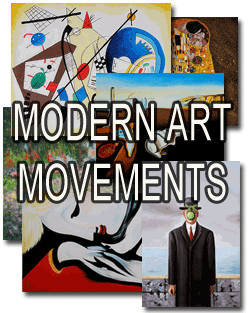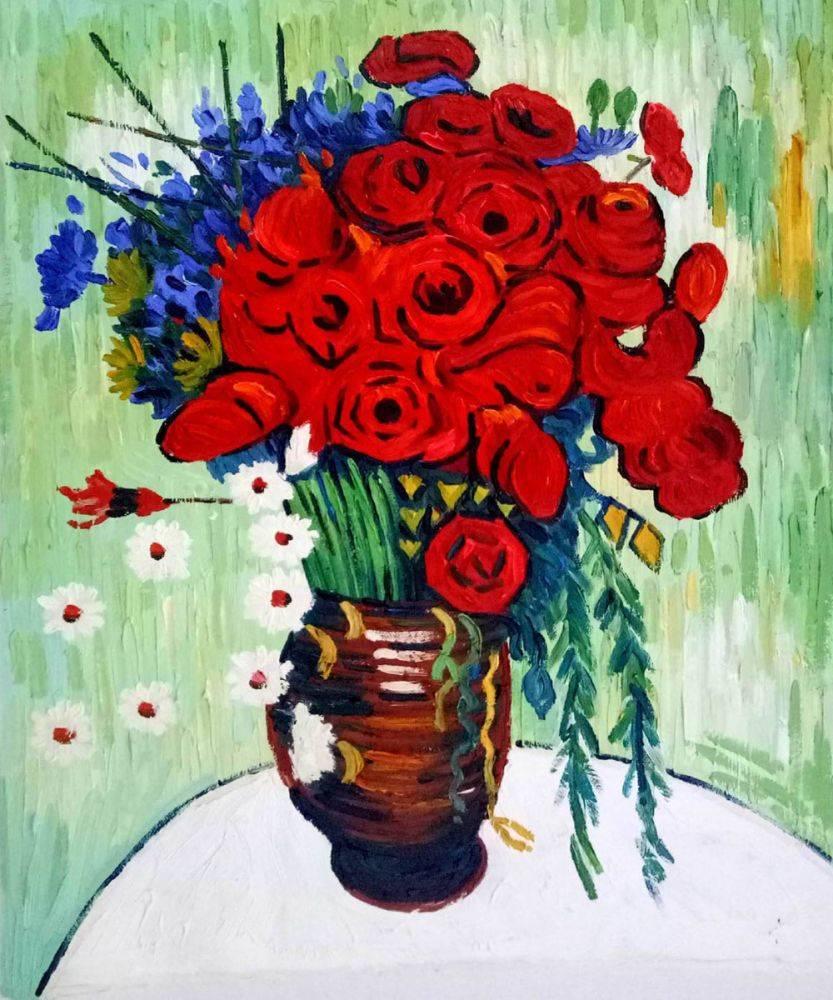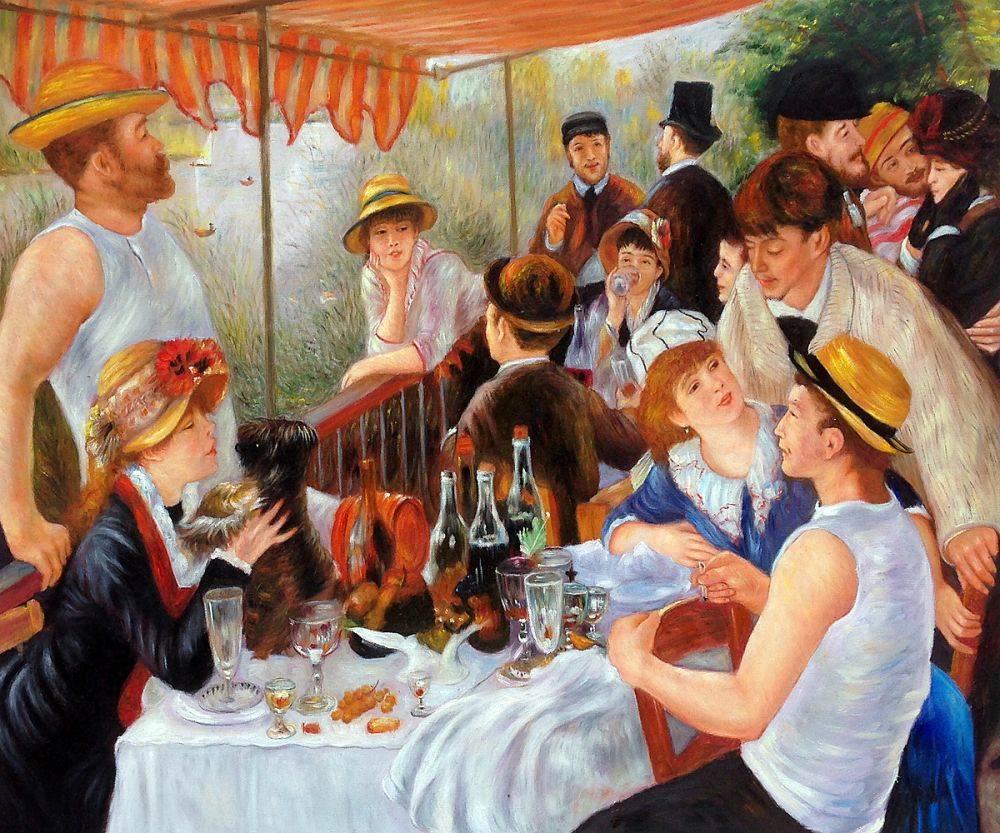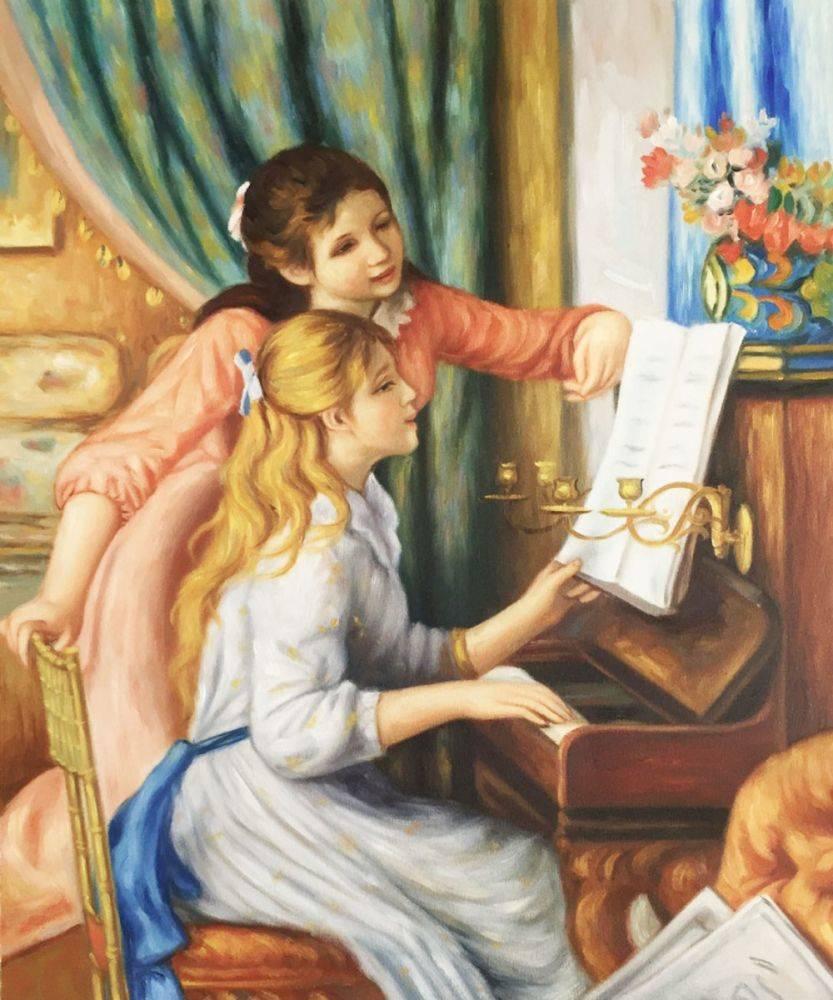Art
Modern Art Movements Explored…
 When choosing art for your home, it is important to understand the piece’s background and history. Art is an extension of its maker, so cleanly categorizing art is like trying to categorize human personalities. It is an impossible task that needlessly detracts from each individual’s special characteristics. However, when shopping for that perfect piece of art for your home or office, narrowing down the huge array of options by the features you typically appreciate makes the process easier and more enjoyable. The following list contains some of the more popular art movements from the last few centuries and features of their paintings. Be aware that there have been many art movements, and the lines between each shift are blurry, so this list is far from comprehensive. For more information, visit your local library or book store for a great book on art history.
When choosing art for your home, it is important to understand the piece’s background and history. Art is an extension of its maker, so cleanly categorizing art is like trying to categorize human personalities. It is an impossible task that needlessly detracts from each individual’s special characteristics. However, when shopping for that perfect piece of art for your home or office, narrowing down the huge array of options by the features you typically appreciate makes the process easier and more enjoyable. The following list contains some of the more popular art movements from the last few centuries and features of their paintings. Be aware that there have been many art movements, and the lines between each shift are blurry, so this list is far from comprehensive. For more information, visit your local library or book store for a great book on art history.
Impressionism – Beginning in France in 1867 and continuing through 1886, this movement marked a distinct departure from traditional European art. Relying on the physics of color and groundbreaking techniques, artists used smaller, concentrated touches of pure color, called pointillism, to capture the artist’s impression of that image. As the painting comes together, the color merges to form unique shades that catch the light in specific ways. It is supposed to look like the image in the artist’s mind, were a person to catch a fleeting glimpse of it. In an impressionist painting, color is much more important than detail. Post-impressionism came soon after to represent an extension of Impressionism while rejecting the limitations of the former movement. Vincent Van Gogh exaggerated pointillist techniques to include contrasting brushstrokes and points of pure color.
Artists Include: Claude Monet, Edouard Manet, Edgar Degas, Pierre-Auguste Renoir, Camille Pissaro, Vincent Van Gogh, Paul Cezanne
Symbolism – Also known as Synthetism, this movement lasted roughly from 1885 to 1910. Symbolist artists were fascinated with themes of the mystical and the visionary, and interested in the darker corners of the soul. For instance, they focused on concepts like death, debauchery, and the erotic. Unlike other movements during this period, symbolists focused on feeling and emotion rather than the intellectual perception of real images. They believed emotion was expressed in every aspect of a work of art, down to a single dot or line.
Artists Include: Gustav Klimt, Edvard Munch, Paul Gauguin
Expressionism – As a movement stemming from literature, Expressionism suffused fine arts areas outside of the visual arts, including cinema, theater, and dance. From 1905 to 1925, Expressionists distorted and exaggerated images for emotional effect. Rather than imitate reality, the artist expresses his reaction to reality and shows his perception using vibrant colors, agitated brush strokes, and disjointed spaces. The goal was focused on expression over form.
Artists Include: Wassily Kandinsky, Marc Chagall, Egon Schiele
Cubism – Originating in Paris, Cubism began in 1907 and lasted through 1914. Conceptualized as a “new way of representing the world,” Cubists rejected conventional modes of art and instead took images and distorted them to show one image from several simultaneous points of view. The goal was to display images as the mind sees them, not the eye.
Artists Include: Pablo Picasso, Georges Braque, Marcel DuChamp
Dadaism – Another pervasive form of art, Dadaism began as a literary movement between 1915 and 1922. Fueled by the spirit of revolt after World War I devastated Europe, artists from all genres focused on the unpredictable and fleeting nature of expression and creation. Poet Tristan Tzara named the movement by stabbing a penknife through pages in a dictionary to randomly find a name, and one of Max Ernst’s most famous exhibits provided axes to visitors with which they were to smash the art. Relying heavily on the importance of chance in creation, Dadaism aims to be unpredictable, violent, whimsical, and altogether nonsensical (after all, the inner workings of the mind encompass those characteristics).
Artists Include: Max Ernst, Andre Breton
Surrealism – Related to the Cubist and Dadaist movements, Surrealism was shaped by the unpredictable process of creation and perception. From the 1920s to the 1930s, Surrealist paintings focused on perceptions from a dream-like state (most likely influenced by emerging Freudian theories of the time). With time to heal between the two wars, the spirit of the movement was much lighter than the angst-ridden Dadaist period. The aim was to merge the subconscious aspects of the dream world with conscious reality to create a “super reality.”
Artists Include: Georgia O’Keeffe, Rene Magritte, Joan Miro, Salvador Dalí
Again, this list is far from comprehensive. Art movements are fascinating and intricate, and it is hard to understand the stylistic properties without seeing examples from the movement. If you’re interested in what you read here, I strongly encourage you to learn more about the art world through art history books and (especially) museums. It will make art acquisition much more enjoyable and enable you to choose the perfect images.



